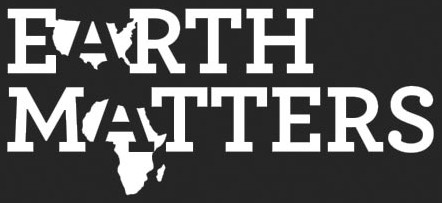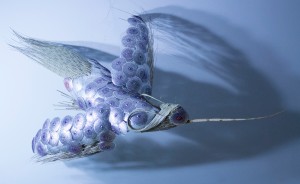In March 2013, The National Museum of African Art built a collaboration with the Environmental Film Festival in the Nation’s Capital that was centered on the Earth Matter’s exhibition. This collaboration resulted in an Earth Matters’ themed segment in this year’s annual festival. Also born from that collaboration is this week’s guest post, which comes from Georgina Owen, the festival’s Associate Director.
The Environmental Film Festival collaboration with Earth Matters
In the summer of 2012 the Environmental Film Festival in the Nation’s Capital was invited to collaborate with Earth Matters to develop a series of film programs as part of the 2013 festival that would herald the opening of Earth Matters at the Museum of African Art. Through long-time EFF partner Jeffrey Stine, Chair and Curator in the Division of Medicine and Science at the American History Museum, who represented the NMAH on the Earth Matters Project Team, we were introduced to Karen Milbourne and Anthony Stellaccio. As they described the exhibition I was struck with the amazing complexity of the exhibition and yet the elemental importance of its message – the significance of the relationship between humans and the earth we stand on.
The result of our programming was a rich and varied group of films that formed a major theme running through our 2013 festival. The films were presented in collaboration with four different Smithsonian units and two external partners. The films ranged from documentaries on mud masons in Mali, on the effects of climate change and drought on onion farmers in Niger, to an inspiring portrait film on Jane Goodall, and to a Gabonese produced family adventure film involving lions and stolen tribal artifacts. Special guest speakers included Claudine André, who spoke about her work rescuing and rehabilitating orphaned bonobos in the Democratic Republic of Congo, and Tony Huston, who presented classic films by his father, legendary film director John Huston, exploring the influence that filming on location in various parts of Africa had on his work. The last film in our series was an intimate portrait of El Anatsui, one of the artists invited to create a land art piece in the Smithsonian Gardens for the Earth Matters exhibit.
Fold Crumple Crush: The Art of El Anatsui
Credit: Icarus Films
For the Best and For the Onion
Credit: Icarus Films
The success of our Earth Matters film series was a natural precursor to a new pan-Smithsonian collaboration for our 2014 festival, which will take place March 18 through 30. This year we will be working with the Smithsonian Grand Challenges Consortia on “Living in the Anthropocene: The Age of Humans.” Films we are planning to include are The Last Call, that revisits one of the most controversial environmental books of all time, The Limits To Growth, and redelivers its message that growth must be responsibly managed to avoid a global crisis. We will also show Extreme Realities, narrated by Matt Damon, a new episode of “Journey to Planet Earth,” that explores the links between climate change, extreme weather and national security. Other films will examine how man has reshaped the natural world – our landscapes, our rivers, our oceans, our atmosphere – even outer space. The relationship between humans and the earth we stand on matters in unprecedented ways.
Georgina Owen
Associate Director
Environmental Film Festival in the Nation’s Capital
Sand Fishers
Credit: Sand Fishers
The Future of Mud: A Tale of Houses and Lives in Djenne
Credit: Icarus Films
The King’s Necklace
Credit: The King’s Necklace
The African Queen















